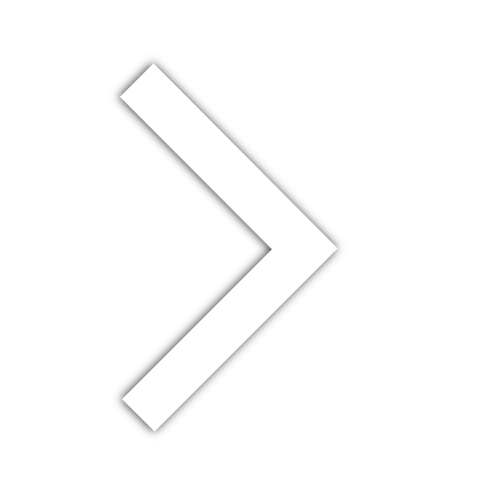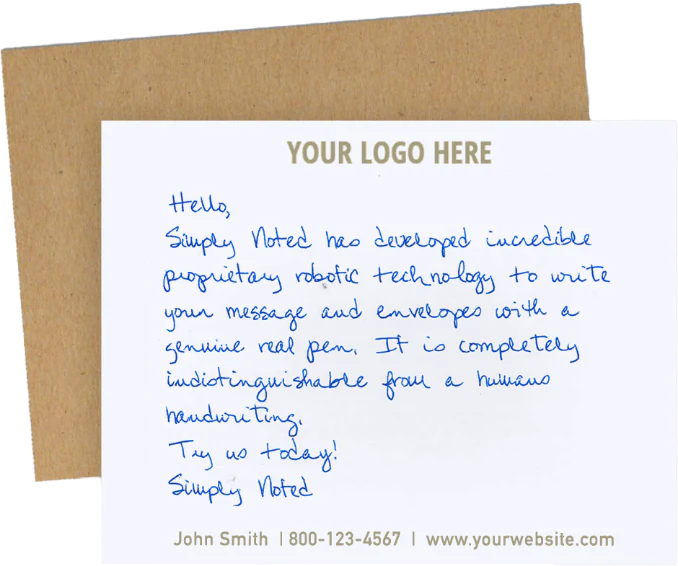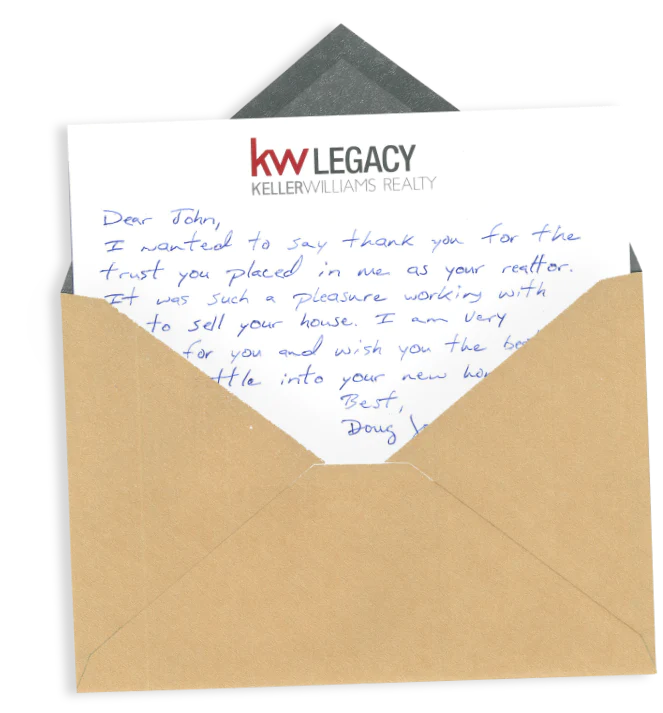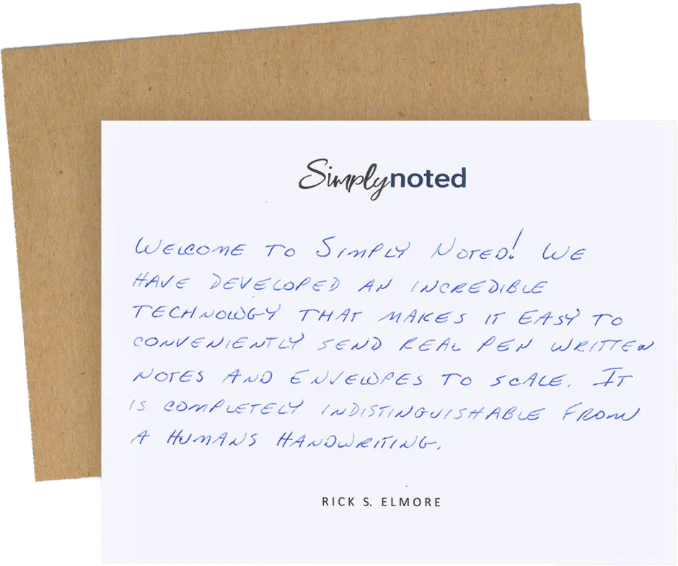How to Write an Opening to a Letter

When writing a formal letter, it’s important to follow proper protocols so that your final product matches recipient expectations. This article will provide a deep dive into opening a letter so that you don’t risk running afoul of current standards.
That said, while the structure of your letter opening should follow standard structures, you can meter the formality of your writing to match the situation. Highly formal language should be reserved for legal documents. Remember that when you’re writing a letter, you are communicating with another person. Even in a business setting, you don’t want your communications to feel cold and impersonal. You want to make a connection even in formal business letters — don’t make your letter feel as if a computer wrote it.
Striking a balance between formality and friendliness can take some practice, but the results are worth the effort. Let’s start with what you should avoid.
SEE ALSO: What to Say in a Business Thank You Card
OPENING A LETTER THE WRONG WAY
There are several ways to get your letter off to a bad start. First, stay away from overly informal greetings like, “Hey!”, “Hi,” “What’s up?”, or “Hey there!”. These are fine to use in a personal letter sent to a friend or family member, but you should avoid them professionally.
You should also avoid informal naming conventions. Don’t start a formal letter with “Dear Joe” unless you know the recipient well. You should include your recipient’s last name or use their last name along with an honorific like “Mr.”, or “Mrs.”. If gender isn’t known, best practices hold that you should include both. You would say, “Dear Mr./Mrs. Davis.” Alternatively, you can dispense with the honorific and simply use the person’s first and last name.
When opening a letter, stay away from antiquated terms like “Madam” and “Sir.” Use your recipient’s name whenever possible. If you don’t know your recipient, using “To whom it may concern” is still acceptable, but outdated phrases like “Dear Sir or Madam” come off as archaic.

PROPER FORMATTING WHEN OPENING A LETTER
Professional letters always begin with the sender’s contact information and should always include your address. Optionally you can add a phone number, email address, and any other relevant contact channels.
Directly after your contact information, you should include the date and then the recipient’s address, followed immediately by your greeting. Putting it all together, it would look something like this:
Jim Davidson
Acme Corporation
333 Fake St.
Pretendburg, PA 55555
555-555-1212
jim_davidson@email.com
May 26, 2021
Leslie Michaels
Fakerton Industries
1234 Imaginary Ln.
Fictionville, MO 55555
Dear Ms. Michaels:
You should always address your recipient by name. However, sometimes this isn’t possible. If you’re writing to an unknown person, you can substitute “To whom it may concern,” as we mentioned earlier. But it’s better to use some sort of personalization if you can. If you know the person’s position, use that. You might write something like:
Dear HR Manager,
Dear Hiring Manager,
Dear Acme Corporation Recruiter,
If you don’t have a position, but you do have a department, lead with that. Something like:
Dear Human Resources Department,
Dear Recruiting Team,
Personalization is always better, but if you have nothing to go on, “To whom it may concern” is a reasonable solution.
With this bit of formatting out of the way, you’re ready to start the message portion of your letter.
SEE ALSO: What to Write in A Christmas Card

WRITING YOUR INTRODUCTION
When opening a letter, your introductory paragraph lays the groundwork for the rest of the message. This is where you’ll introduce yourself to the reader, field initial pleasantries, and provide your recipient a synopsis of what they’ll learn.
If you know your reader well, you can spend a few sentences catching them up on recent events and ask them about their lives. When your reader is a stranger or a passing acquaintance, it’s best to skip over pleasantries as quickly as possible. You could use the first sentence to thank them for taking the time to read your letter or to consider what you’re about to discuss with them. Alternatively, you could simply wish them well and then move on to the meat of your discussion.
Next, mention the reason for your letter. It’s important to establish this immediately to pique your reader’s interest and prepare them for what they’re about to read. You don’t need to be particularly detailed here. You’ll elaborate on the subject of your message throughout the body of your letter. Just provide a birds-eye view of the topics you’ll be discussing.
With your introduction out of the way, you’re on to the body of your message. In the next article we’ll discuss how to close a letter properly. It might seem straightforward, but there are essential considerations that you should be aware of, particularly in a professional context.
SEE ALSO: How To Send A Handwritten Card Online

HANDWRITTEN LETTERS ARE EASIER THAN YOU THINK
In a professional setting, you’ll be sending typewritten letters in most cases. But sometimes, a handwritten letter, card, or note is more appropriate. This is particularly true for thank you, birthday, holiday, and similar messages. Handwritten cards carry more emotional impact in these situations. However, most of us don’t have the time to handwrite lengthy letters and cards. And it's easy to put a letter in the mail.
SEE ALSO: How to Impact People With Handwritten Cards
With Simply Noted, you don’t have to. If you can send an email, you can send a handwritten note just as quickly. All it takes is a few minutes in our intuitive online order screen. You’ll select your card design, choose your handwriting font, and enter your desired message and your recipient’s address. From there, our handwriting machines will create lovely, handwritten cards and notes using real ballpoint pens for an authentic experience that printed or typewritten cards can’t match.
Opening a letter is only half the battle. You also want to make sure your recipient reads it. Handwritten cards and envelopes dramatically increase open rates and ensure your reader connects with your message. You can order in any quantity, from a single card to tens of thousands. We make handwritten cards simple and affordable. Check it out today!























